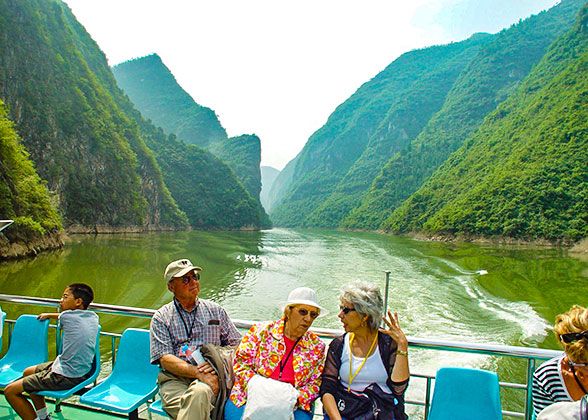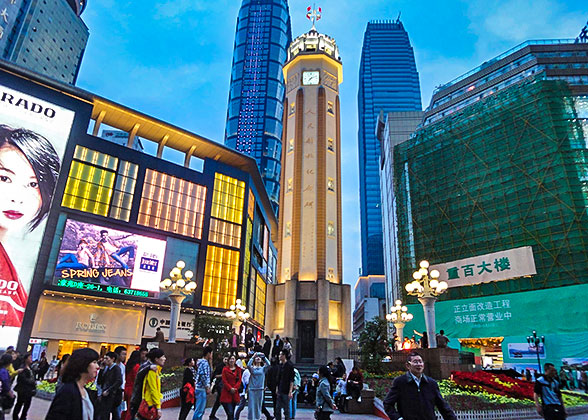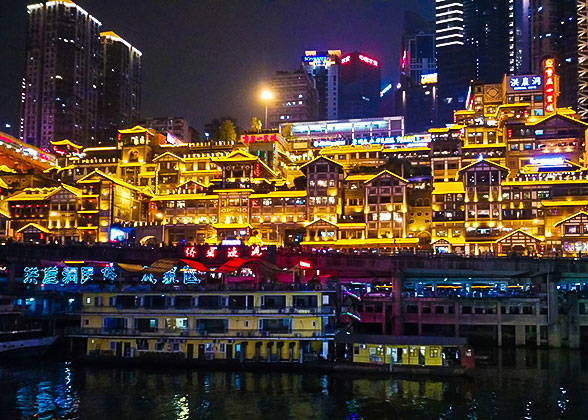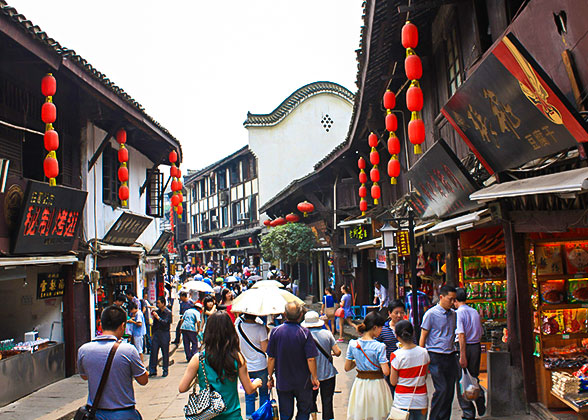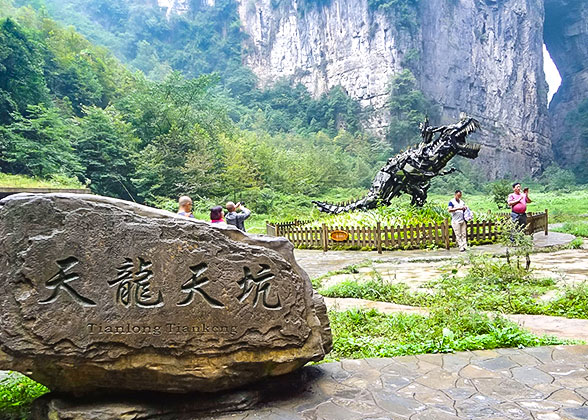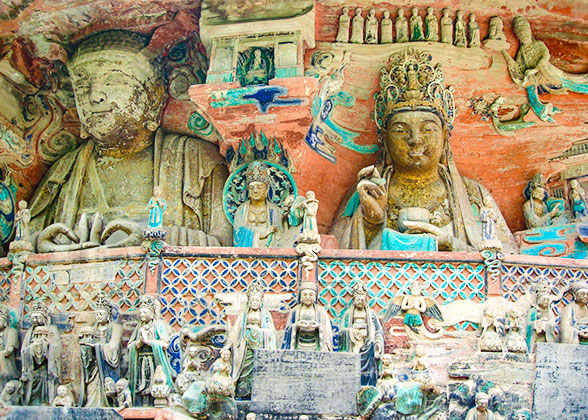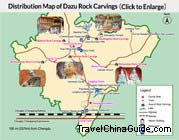Chongqing Travel Guide
Chongqing is the largest municipality in southwest China. It is a modern port city on the upper reaches of the Yangtze River at the confluence of the Yangtze and Jialing Rivers. With an area of 31, 800 square miles (82,400 square kilometers), it shares borders with provinces of Hubei, Hunan, Guizhou, Sichuan, and Shaanxi.
As China’s fourth municipality after Beijing, Shanghai, and Tianjin, Chongqing has maintained rapid economic development while preserving a wonderful natural environment.
Known as the 'Mountain City', it has a wavy terrain and encompasses a wealth of water reserves, mineral resources, dense forests, and abundant flora and fauna.
The city attracts visitors from home and abroad for its natural wonders and cultural heritage. As a common starting port for the Yangtze River cruise, tourists can go for a downstream tour to the magnificent Three Gorges.
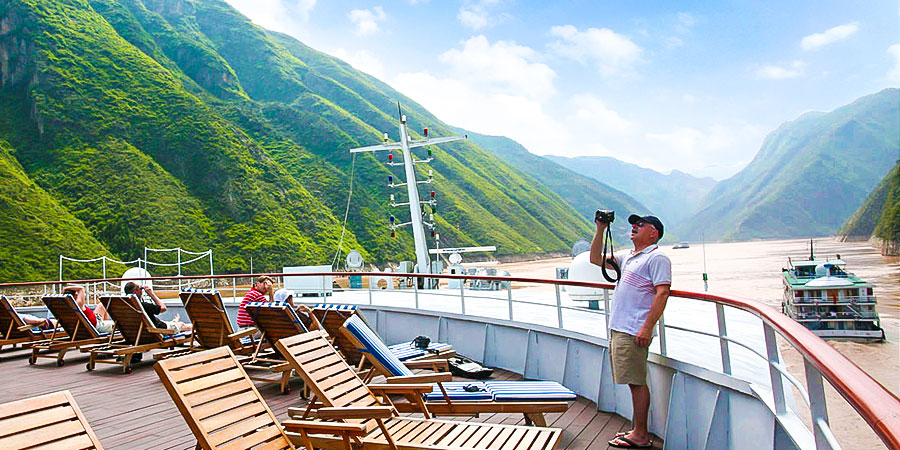 |
| Yangtze River Flowing by Chongqing |
As China’s fourth municipality after Beijing, Shanghai, and Tianjin, Chongqing has maintained rapid economic development while preserving a wonderful natural environment.
Known as the 'Mountain City', it has a wavy terrain and encompasses a wealth of water reserves, mineral resources, dense forests, and abundant flora and fauna.
The city attracts visitors from home and abroad for its natural wonders and cultural heritage. As a common starting port for the Yangtze River cruise, tourists can go for a downstream tour to the magnificent Three Gorges.
Recommended Tours
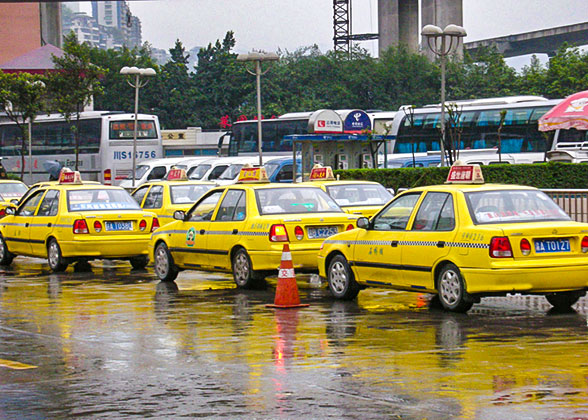
Servicing western China, Chongqing provides convenient water, land, and air transportation in and out. Fast developing urban transport systems such as city-bus and metro makes traveling easy and comfortable. As a starting city for a Yangtze River Cruise, it meets thousands of travelers home and abroad each year.
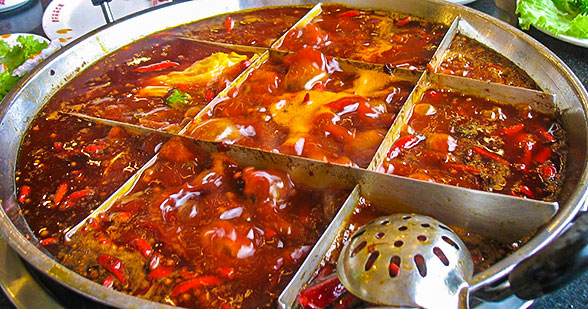
Chongqing is famous for its hot Sichuan cuisine and world-famous hot pot. Various brands of hot pot restaurants can be found throughout the city. The food is delicious even in very small restaurants. Street vendors as well as restaurants feature exciting spicy delicacies for the gourmets. Bayi Food Street in the city center is the best place to taste the spicy local snacks.
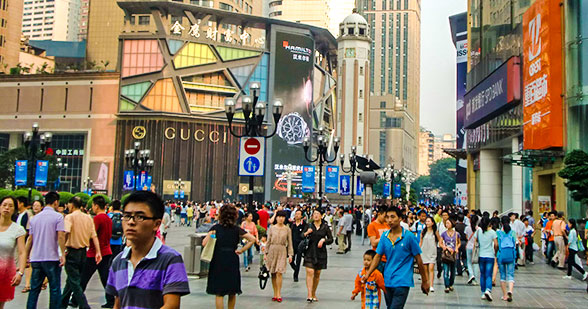
Although not being as bustling as Beijing and Shanghai, the city can still satisfy your desire for shopping with its five major commercial centers. Jiefangbei CBD is the most distinguished and upscale, where a multitude of department stores, local products stores, supermarkets, and restaurants can be easily found.
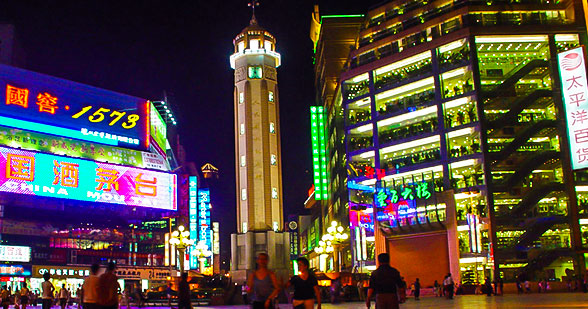
Nightlife is colorful here. Having hot pot at a riverside restaurant or heading for night food markets are highly recommended. The wonderful cruise on the Yangtze and Jialing Rivers provides a fantastic chance to appreciate the city’s enchanting night view.
Scattered colorful lights make the city beautiful and make you fall in love with it. Plenty of pubs or nightclubs are also available.
Scattered colorful lights make the city beautiful and make you fall in love with it. Plenty of pubs or nightclubs are also available.
Before getting its present name nearly 800 years ago, its former names were Jiangzhou, Yuzhou, and Gongzhou. Since the Qin Dynasty (221 - 207BC), many dynasties have set up administrative institutions that have endowed the city with brilliant cultures. Perched beside the Yangtze, the "Golden River", Chongqing symbolizes Yangtze River civilizations and is the cradle of the Bayu Culture.
Here are some fast facts and practical information to make your life, study, trip or business in the city easier.
- 144-Hour Visa-Free Transit
- Area Code & Zip Code
- Post Office
- Banks
- Useful Phone Numbers
- Hospitals
You May Like
- Top 10 Things to Do in Chongqing
- 10 Best Places to Visit in China for Return Visitors
- 10 Best Cities in China for Budget Travelers
- Top 10 Biggest Cities in China by Area
- Top 10 Largest Cities in China by Population
- China Population by City: List of 50 Most Populated Cities
- 15 Important Cities in China for Business Travel
- Gourmet Paradise: 10 Tourist Cities in China for Food Lovers
- Last updated on Oct. 24, 2024 by Catherine He -
